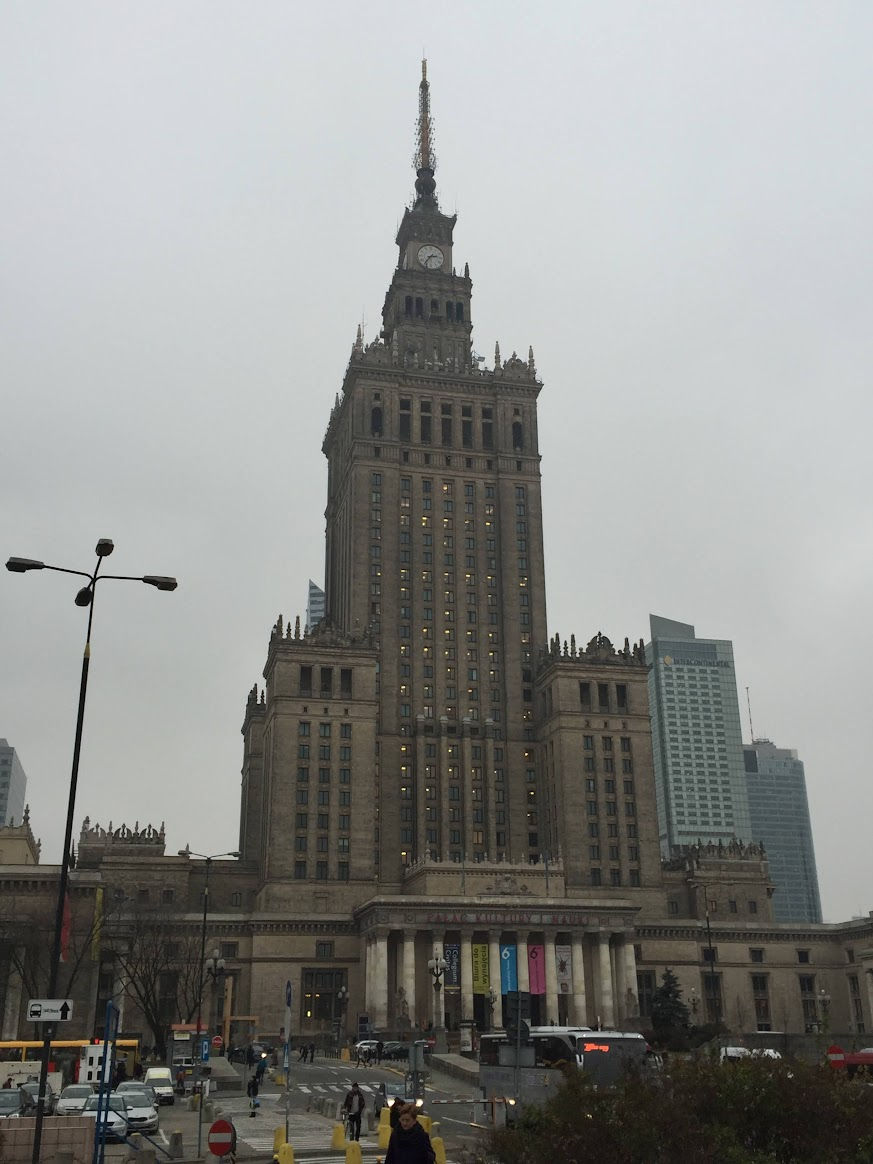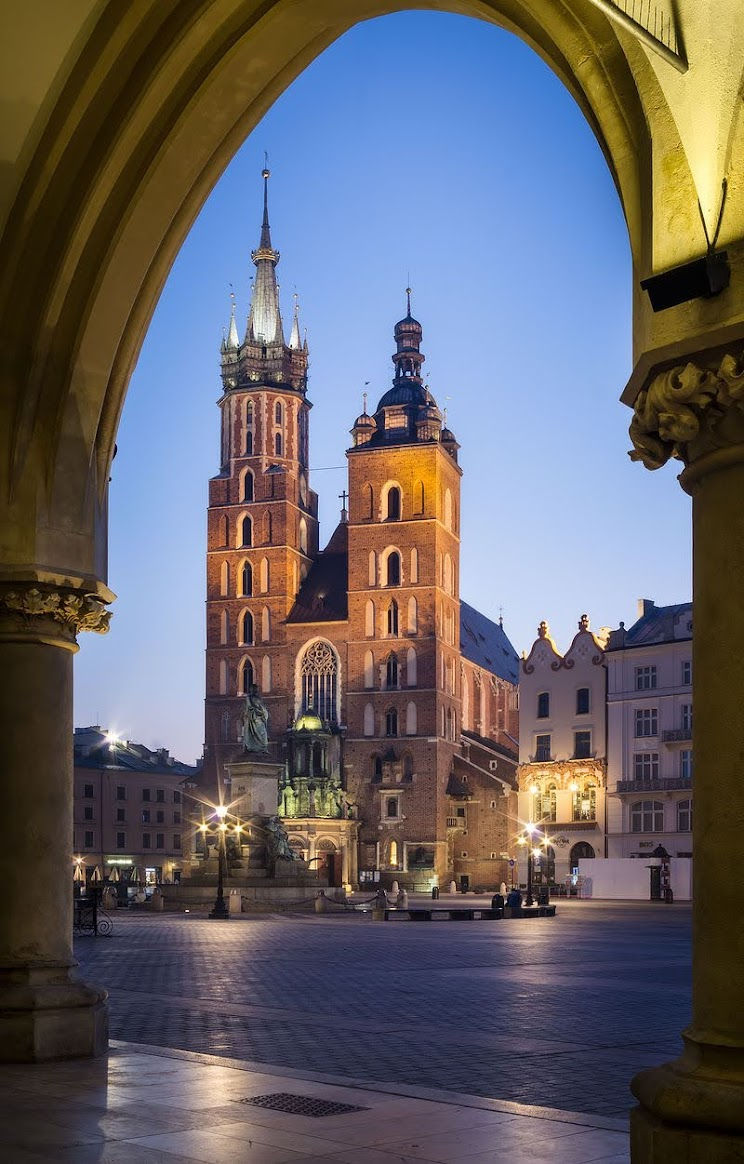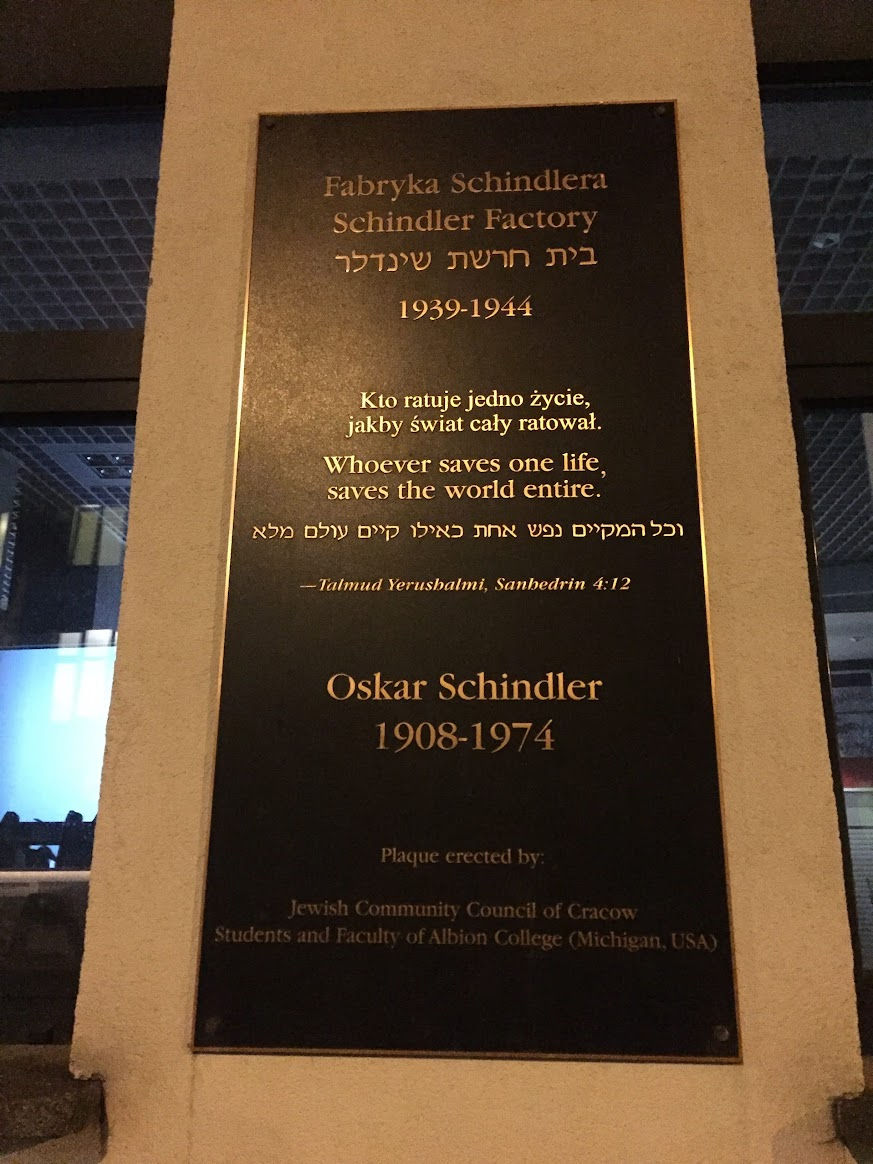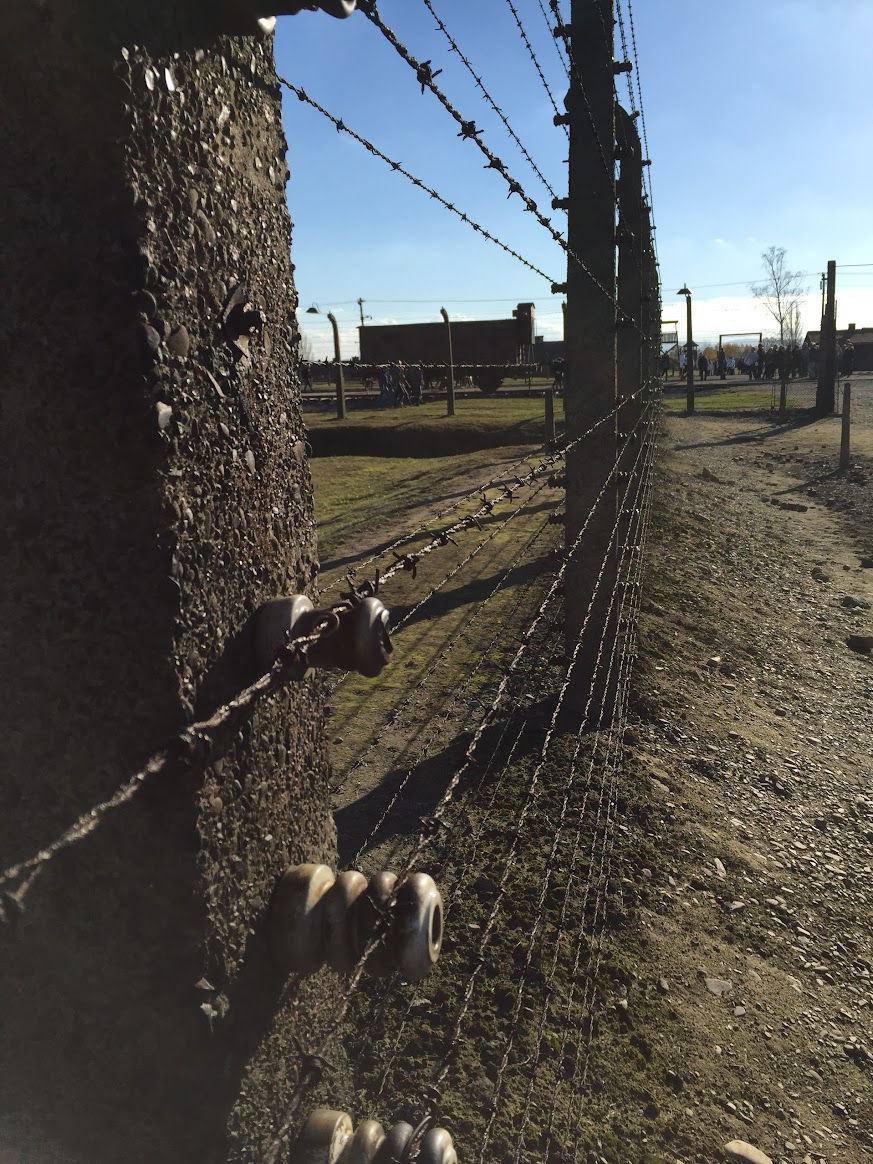Poland
- fabio pellizzato
- Jun 14, 2023
- 6 min read
Updated: Dec 18, 2024
From Wroclaw to Krakow, Warsaw and Auschwitz-Birkenau
☛ WROCLAW KRAKOW WARSAW AUSCHWITZ USEFUL TIPS ITINERARY MAP

Poland has always been a country rich in history, but sometimes not easy to tell because it is violent. But as a story, it is also fascinating and is characterized by wonderful people who have always been persecuted. The cities are beautiful, elegant, and organized and in addition to this, here we find the concentration camps among the most brutal but best preserved in Europe.
Wroclaw
The city of gnomes
Wroclaw, like all cities in Poland, has experienced a huge economic boom in recent years. Large giants such as Samsung, HP, Swiss or American banks have moved here, bringing enormous wealth to the country and the people. If we imagine it 10 years ago, we would not find the glittering and huge shopping centers and the prestigious offices of the biggest multinationals.
The first time we came here was in November 2015. We land at Wroclaw airport and take the bus that takes us directly to the city. We are guests of my brother Marco who has been living here for 6 years and who has personally experienced the rapid change of his city. He tells us that Wroclaw is very young, they eat any type of food, from Italian restaurants (managed by Italians, no small thing) to Asian cuisine, from excellent meat to the finest fish.
What amazed us the most is the economic growth of recent years, skyscrapers that appear like mushrooms, crazy shopping centers built in record time where there used to be parking lots or abandoned areas and where so many foreign investors have come from all over the world. 'Europe. A peculiarity of Wroclaw (or Wroclaw) which I hadn't noticed and which my brother tells us about, are all these little bronze gnomes scattered around the center, sometimes tiny enough to hardly see, who populate the city and seem to carry out jobs such as firefighters, wardens or prisoners. Nice! They tell us that in a very short time these gnomes have become a real symbol of Wroclaw, attracting thousands of curious tourists here, and effectively causing a real gnome-mania to explode.
The origin of this initiative dates back to the early eighties when the communist regime oppressed Poland. In this gloomy climate of internal tension, a group of Anti-Communists, known as the Orange Alternative began clandestinely painting graffiti of gnomes on the walls of the city, as a clear act of mockery against the dictatorial power of the time.
The city later recognized the commitment of this opposition movement and erected a statue at the intersection of Swidnicka and Kazimierza Wielkiego a meeting place for youth who yearned for freedom."
Wroclaw is not just gnomes, the main places to visit are the covered market Hala Targova, four floors high where you can buy excellent fruit, and the Palazzo del Centenario, a Unesco World Heritage Site and considered one of the greatest works of world architecture of the last centuries.

Capital of Culture 2016 and Best destination in Europe in 2018, in summer it is filled with tourists who stroll downtown or meet again at the Christmas markets during the holidays ' winter. The center is made up of historic buildings, and statues referring to the World War and there is no shortage of activities and guided tours of the city.

Warsaw
Parisian elegance
From Wroclaw, we get on the legendary Polski Bus (recently bought by Flixbus) and for a few euros we reach Warsaw, the capital of Poland. We immediately fell in love with this city for its elegant historic center, small shops, and markets.
The atmosphere was relaxed despite being in a small metropolis.
Here too World War II was the host of the German invasion of 1939, where Warsaw was also occupied by Nazis after a siege that led to the destruction of many of its buildings. During the period of the Germany-Russia treaty, the city was located on the border. In fact, the line Narew-Bug-Vistula-San was decided as the line of demarcation between Germany and Russia.
The eastern quarters of the city were occupied by Russia. During the occupation, the 500,000 Jews in and around the city were locked up in the Ghetto and subsequently massacred despite a strenuous final resistance lasting over a month (cit. Wikipedia).
In fact, the demarcation line of the ghetto is a very popular tourist spot, especially for history buffs. In Walicow, a narrow street near the Mennica 01 stop, you can still find an original wall of the Warsaw Jewish ghetto. In the past, Warsaw was called the Paris of the North ", for its wide tree-lined avenues and classical-style architectural structure.
Unfortunately, during the Second World War, the city was destroyed and the subsequent reconstruction drastically changed the character and urban planning.
Despite the reconstruction of the major historical monuments and parks, restored to their former glory, the appearance of Warsaw was indelibly characterized by the architecture of socialist realism, as emerges from one of the new symbols of the city and main spatial reference point, namely the Palace of Culture and Science.

Here, among the various Unescu Heritages, we also find Castle Square with the Royal Castle and the Sigismund's column.
Krakow
Market Square, Wawel Castle and Barbican
The city of Krakow is the most tourist destination in Poland. Its small but charming and well-kept historic center is included in the list of UNESCO as World Heritage Sites, for the his immense and glorious square of the market and for the band of gardens of the Planty.
It is also the first UNESCO site to be considered as such in Europe and it is also the first inhabited center considered a World Heritage Site in the world. In Wawel Castle, the famous painting by Leonardo da Vinci, Lady with an ermine and is the cradle of the now well-known Pope Karol Wojtyła.
Always arriving here with the Polski Bus, let's take a tour of the famous square. The carriages with horses that light up the street with neon lights immediately catch the eye. We eat the shank with potatoes in a nearby restaurant, at a fairly cheap price, and we also pay a visit to the Basilica di Santa Maria , a real show especially inside!

The following day we opted for a guided tour of the city and among the various places we recommend a visit to Wawel Castle and Barbican.
Furthermore, a visit to the Shindler factory in Via Lipowa, famous from the film Schindler's List, and now converted into a museum, would have been a must. Unfortunately, it was closed that day but we promised to go back!

Auschwitz-Birkenau
Death Railway
The arrival in Auschwitz has particularly marked us. Even from the outside you can breathe the air of terror that reigned at the time of Nazism. Having paid the 23 euro entrance fee, we enter through the main door, where once the trains loaded with people and headed for death used to arrive. The Auschwitz camp complex, the largest ever built by the Nazis, played a fundamental role in the project by Final Solution, becoming an efficient
death machine that killed more than a million Jews during the war.
It can be easily reached by bus that leaves from Krakow and the entrance also allows you to visit Birkenau (or Auschwitz II), the real extermination camp.
The day we arrived the sky was bright but it couldn't keep away the emotions you feel standing right there. The visit to the dormitories, to the crematoria where there is still black on the walls is difficult to forget.
The camp is well kept, you can visit many things including the room where the prisoners' hair was cut upon arrival or where all the shoes were collected, suitcases and glasses of the deported people. The wall where the prisoners were executed is also very emotional.

After this wonderful experience in Poland, it is easy to understand how strong the Polish people are. They got up right away and didn't want to forget what happened. No one must forget to ensure that all this does not happen again.
Useful advice:
- Hotel: can be easily booked with Booking at competitive prices. There are many decent hostels where you can meet young travellers.
- Food: it costs relatively little. We ate in the market square in Krakow, right in the center, and we spent very little. When paying, the waiter warns you that the tip is not included, so it's up to you to decide how much to leave even if you pay by credit card.
- Flight: with Ryanair there are flights almost every day and every hour. Being the most visited cities in Europe, prices are low, but it is always advisable to book everything in advance and avoid the months that are too hot or cold, even if Krakow in particular enjoys a very mild climate.
Itinerary on the map:
Click here to see the map of KRAKOW on Google Maps and use it while traveling:



































Comments